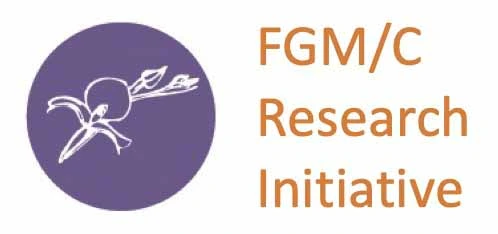There is a growing evidence base of what works to promote the abandonment of FGM/C around the world (1). Recent publications by Matanda et al. (2) and Matanda and Lwanga-Walgwe (3) analyse the effectiveness of programme interventions to end FGM/C and propose a global research agenda to address the key gaps in evidence. This document focuses on identifying and measuring change in relation to FGM/C among Somali ethnic communities in the Horn of Africa.
In the years since the launch of the United Nations Joint Programme to End Female Genital Mutilation in 2008 (4), there has been a growing global commitment to the eradication of FGM/C. This has been an important and necessary step in the work toward abandonment within communities around the world. However, this framing has meant that the indicator most used to measure change is prevalence i.e. the proportion of girls and women who have undergone FGM/C. While prevalence is an important indicator, change does not occur in a simple, linear fashion. In many contexts, only measuring prevalence misses many of the more nuanced changes taking place – for example shifts in attitudes and knowledge about FGM/C, readiness to change, changes in the type of cut being performed, the age at which girls are cut, and who is performing the cutting.

